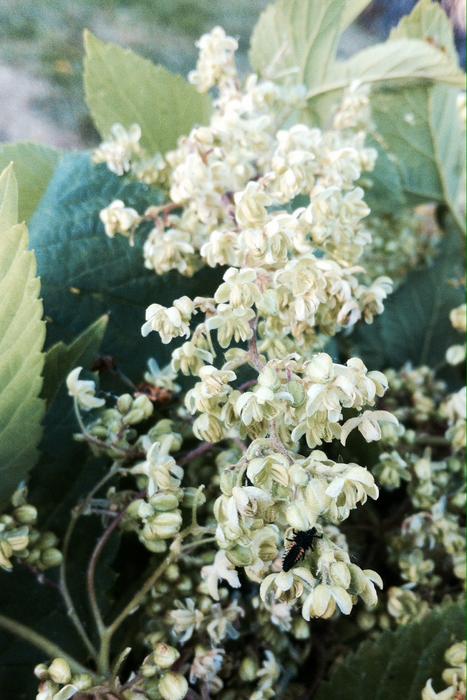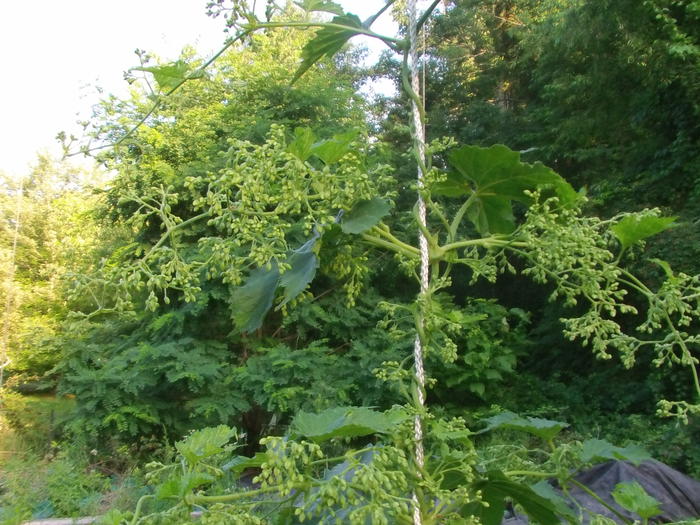DarkCoder
Well-Known Member
How has the season been so far for everyone? We've had a lot of rain here, with more on the way it seems. I've had some losses with quite a few seedlings, but I'm hoping that is over with. I'm still working on getting posts erected for my "breeding grounds", but otherwise things are doing okay. I'm working out some computational kinks right now with some software but hopefully the issues will be resolved soon.
Anyone else still having issues with pests or diseases?
Sent from my iPhone using Home Brew
Most of my seedlings are growing well, except for 2 that are weak...not growing much. No diseases. Not that much pests either, except for 1 or 2 caterpillars once in a while...no aphids.
I just install a couple of strings this evening, because 2 seedling outgrow their 8 feet poles and 3 seedling outgrow their 6 feet poles. I didn't expect them to grow that much the first year, but I won't complain about it !!









